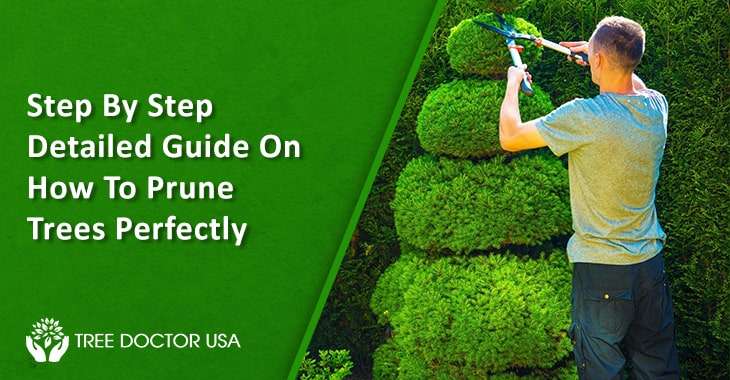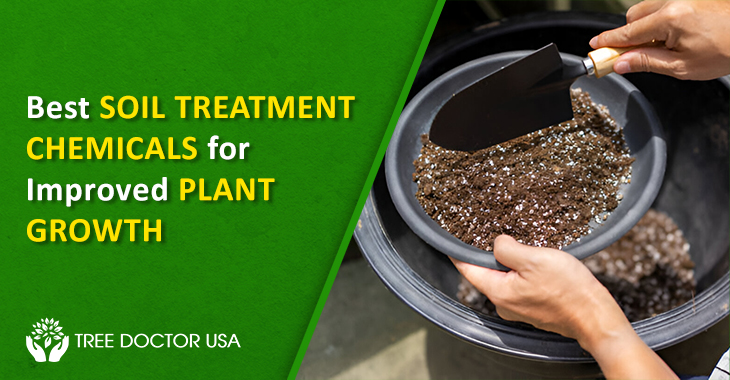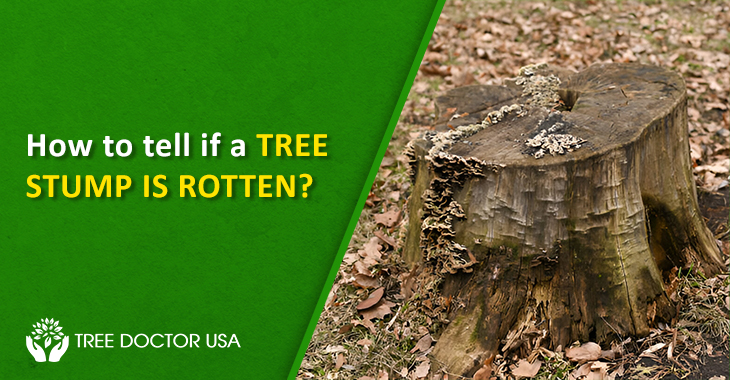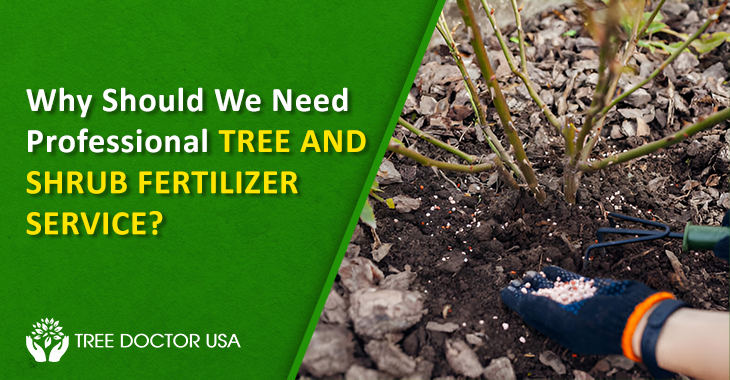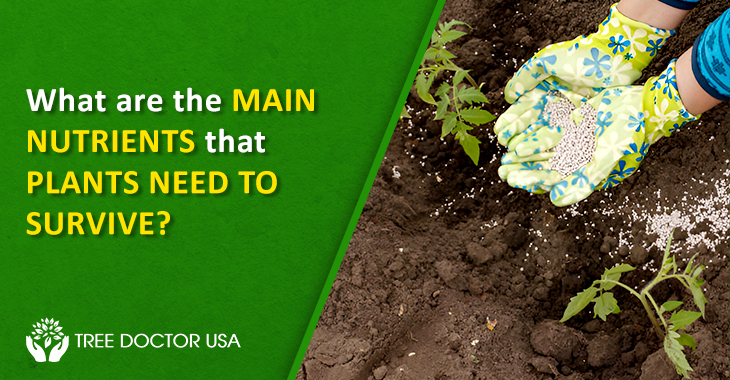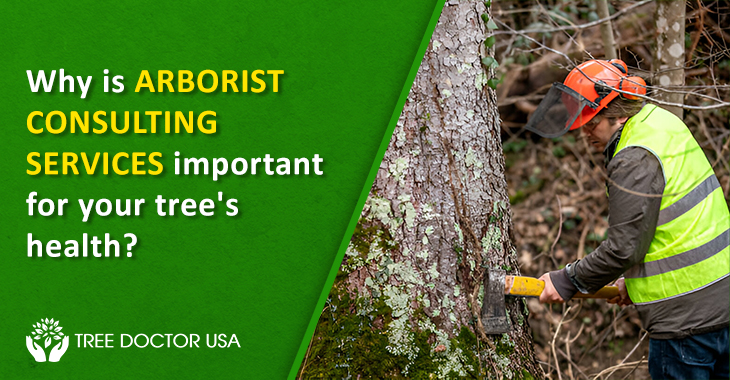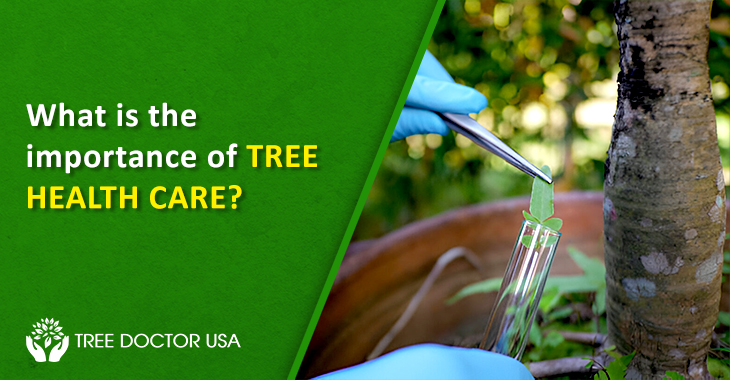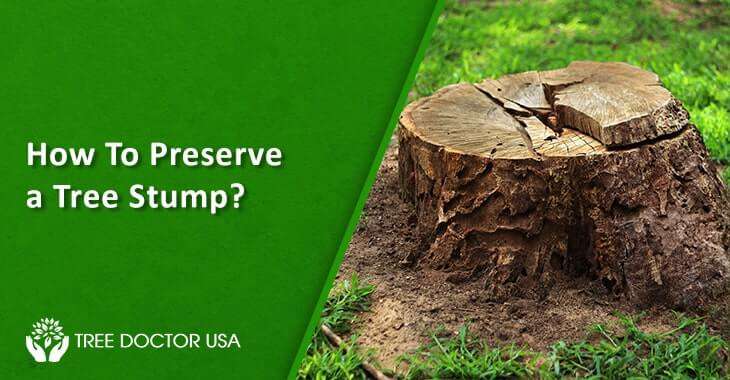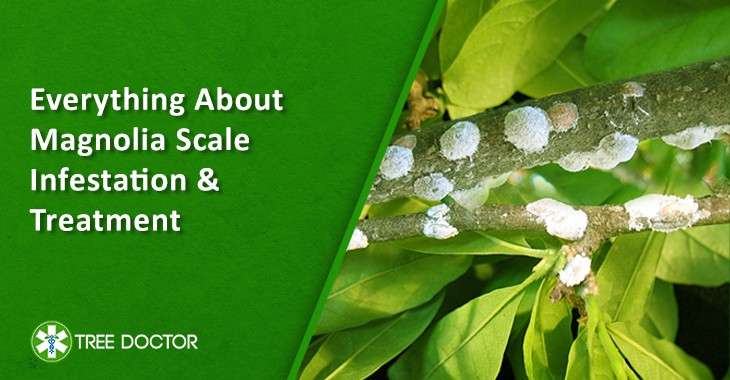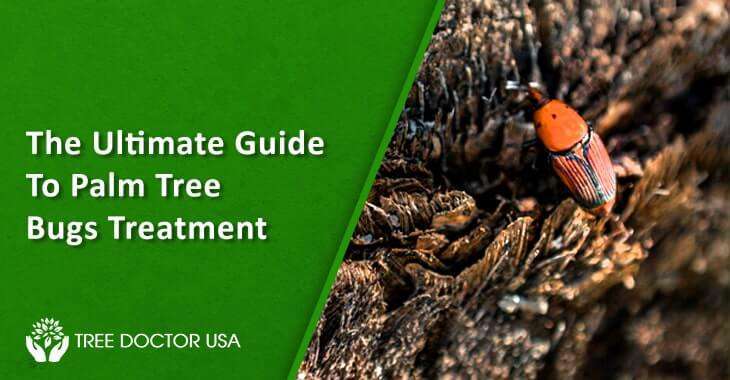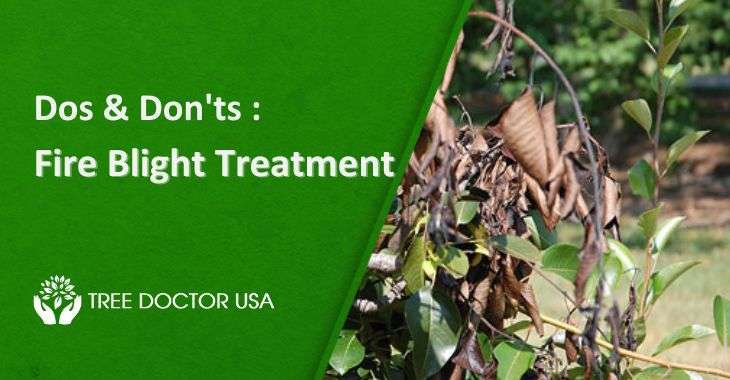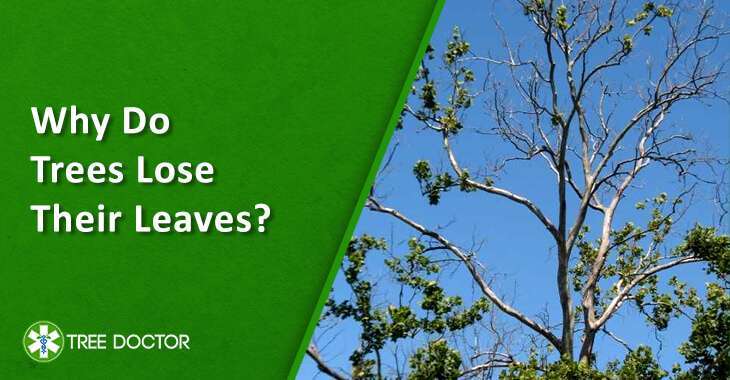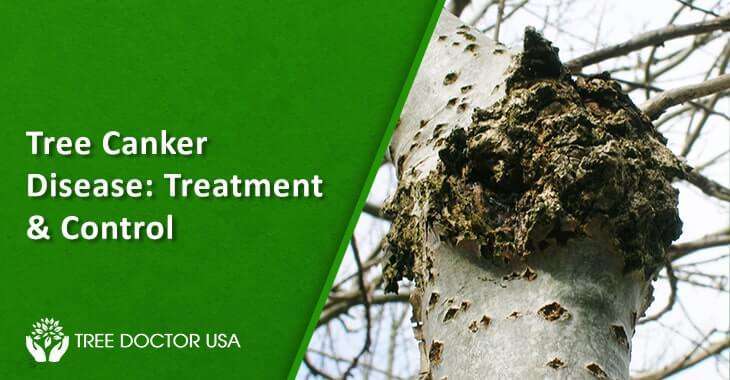Step By Step Detailed Guide On How To Prune Trees Perfectly
Tree pruning offers numerous benefits and helps the tree sustain environmental and constructional damage. Pruning improves tree shape, appearance, and vigor, encouraging healthy growth and development. It mitigates the risk of trees falling sick due to disease and pest infestation. However, the task is tricky and involves many complex practices that are hard to learn and master. Amateur gardeners don’t know how to prune trees without vandalizing the property or nearby trees.
Proper pruning is a combination of art and science. The process includes many steps, and each step must be followed carefully to obtain perfection. With adequate guidance, practice and knowledge, you can learn and master pruning techniques. Tree Doctor USA experts have formulated a guide to help you learn tree pruning. You can use this information and techniques while pruning your trees. Consider hiring professional tree pruners if you fail to understand and learn them.
What Is Tree Pruning? Why Prune Trees?
Tree pruning includes cleaning and removal of dead, diseased, broken, infested, decaying, and rotten tree parts. Pruning maintains structural integrity and aesthetic appeal, prolonging trees’ lifespan. Pruning helps trees survive extreme weather conditions, including storms, floods, and droughts. It enhances air circulation and light penetration and encourages the bloom of new flowers, leaves, and fruits.
Types Of Tree Pruning
Before learning how to prune trees, you should know about the types of pruning and how they transform the tree. There are five types of pruning techniques, including Crown Reduction, Crown Raising, Dead Pruning, Pollarding, and Vista Pruning.
1. Crown Reduction
Crown Reduction is practiced to remove overgrowing tree branches crossing the yard boundary. Tree pruners remove branches touching utility lines and electricity poles. They target tree canopies, reduce their size to clear the view, and shed extra weight.
2. Crown Raising
The crown-raising technique targets lower tree branches to reduce overgrowth and uplift the tree top. Each cut adds to tree growth and development. Pruners remove lower branches for vertical clearance, increasing tree height and enhancing structure.
3. Dead Pruning
Pruners look for dead and dying branches, leaves, stems, twigs, and other tree parts. They eliminate these tree parts using sharp pruning tools. The technique covers the whole tree and cuts dead parts from each section.
4. Pollarding
Pollarding pruning is only limited to young trees, and it is not effective for mature trees. In this type, tree pruners remove primary branches leaving a framework of secondary branches and main stems. The technique offers a continuous supply of diameter poles.
5. Vista Pruning
Vista Pruning is a special technique that is useful for clearing the view and improving the outlook of the tree. Pruners prune a specific tree part or branch, remove a portion from the tree canopy or make changes according to requirements. There are no specifications for this technique.
Best Time To Prune Your Trees
According to Tree Doctor USA experts, there is no special time or season for tree pruning. You can prune your trees to reduce overgrowth and remove dead and diseased branches. However, you can do regular pruning and wound dressing before the spring season. If you are not sure about the time, then consult professional arborists to get a better idea.
Essential Tree Pruning Tools
Pruning is not a do-it-yourself task but a tree maintenance practice that requires state-of-the-art tools. To execute the process, use a tool kit containing secateurs, folding pruning saws, loppers, shears, long-reach pruners, chain saws, pole pruners, etc. We suggest you use these tools carefully. Otherwise, you may end up injuring yourself while pruning trees.
Effective Tips To Master The Art Of Tree Pruning
Now, you know the basics of pruning, so let us tell you how to prune trees perfectly without causing any damage. Here is a step to step detailed guide for tree pruning. Follow these tips for tree preservation and make them healthy, green, and beautiful.
1. Decide The Intent Behind Tree Pruning
Before learning how to prune trees, you must decide why you want to prune trees. What is your intent behind using the pruning techniques? Do you want to enhance tree vigor or structural integrity? Or do you want to clean and shape the tree to promote new growth? Ask these questions and answer yourself. Plan the pruning process once you are clear about your intention.
2. Assess Your Trees Carefully
Inspect your trees carefully and look at each section to decide how you want to prune them. Look at the tree’s condition, type, shape, and size, and imagine how you want it to look after pruning. Choose the techniques based on the assessment result and your vision.
3. Look For Dead And Diseased Tree Branches
Line up the main tree branches responsible for holding the tree structure and avoid removing them. Identify dead, diseased, decaying, rotten, and infested tree branches and use specific techniques to cut them from the tree. Sanitize the tools after cutting these branches, and avoid using them anywhere else before cleaning. They might affect or spread the infection to the rest tree.
4. Remove Unwanted And Obstructing Branches
Remove unwanted branches displaying signs of damage. These branches cause an accident or pose a threat in the future or spread the disease and infestation to the rest tree. It is better to eliminate them on time to avoid future damage. Carefully cut branches growing in the center and inward direction of the tree. Otherwise, they may foster bacteria, fungi, and pests or cause unhealthy clutters.
5. Make Precise Cuts To Achieve Perfection
Precisely prune the tree to achieve perfection while avoiding disruption. Make sure to cut just above a bud or lateral branch at a 45-degree angle while keeping the tool away from the main stem. Use sharp pruning shears to make clean cuts above the branch collar, cutting at a slight angle to enable water runoff.
6. Clean The Crown To Clear The View
Focus on the tree canopy to achieve a perfect shape and control overgrowth. Remove overgrown, heavy, rubbing, and crossing tree branches acting as obstructs for onlookers, vehicles, and overhead lines. Also, eliminate tree branches growing close together, forming a dense structure.
At last, look at the tree crown and observe unnecessary parts making it look bulky and heavy. Clean the crown and eliminate these parts. Crown cleaning will help regulate oxygen and air circulation and enhance the photosynthesis rate.
7. Prune Sticking Out Branches
If you want to make your trees eye-pleasing for onlookers, then line out sticking branches peeking through the tree structure. These branches make the tree appear shabby and form odd angles that may prick your skin or cause accidents. Select these branches and prune them with appropriate tools. The practice will amplify the tree’s shape and structure.
Also Read: Tree Pruning In The Winter: The Benefits Of Hiring An Arborist
8. Follow The Pruning Limit For Positive Results
Stay cautious while pruning your trees because each cut matters. Wrong cuts may wound the tree and expose it to tree diseases, fungal infection, pest infestation, poor growth, etc. So prune adequately and do not prune the tree more than 25%. It is an ideal limit for tree pruning, and crossing the limit may lead to damage. Over-pruning will do more harm than good, so you must avoid it.
- While pruning deciduous trees, ensure to leave 2/3 of living branches behind. Removing more than 1/3 parts will make the tree weak and vulnerable to environmental stress. However, remove all branches, causing stress and hindering tree growth.
- Prune your trees only once in a season. Give it enough time to restore the damage and attain new growth.
How Tree Doctor USA Can Help With Tree Pruning?
Tree Doctor USA is a leading tree care and maintenance company providing tree pruning services. We have an in-house team of expert tree pruners ready to prune and maintain your trees. They use effective and powerful pruning techniques that stimulate new growth and prolong the tree’s life. Our expert team will assess the damage, prune and shape your trees and teach you how to meet their daily needs.
Conclusion
Tree pruning offers uncountable benefits and protects trees against all odds, be it environmental stress, harsh weather, or human activities. You can proactively maintain your trees and add more years to their lifespan by learning how to prune trees. The above-written guide will help you with learning effective pruning techniques.

